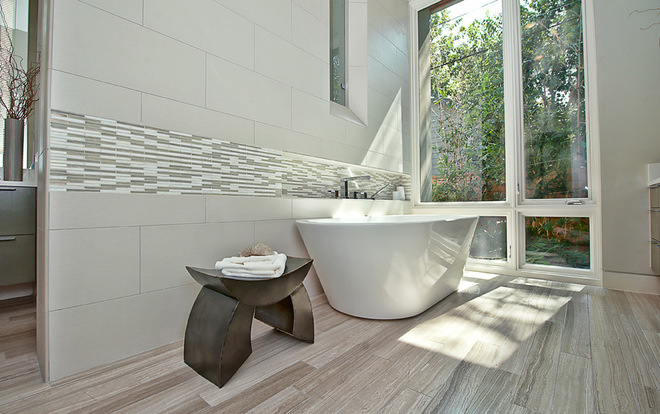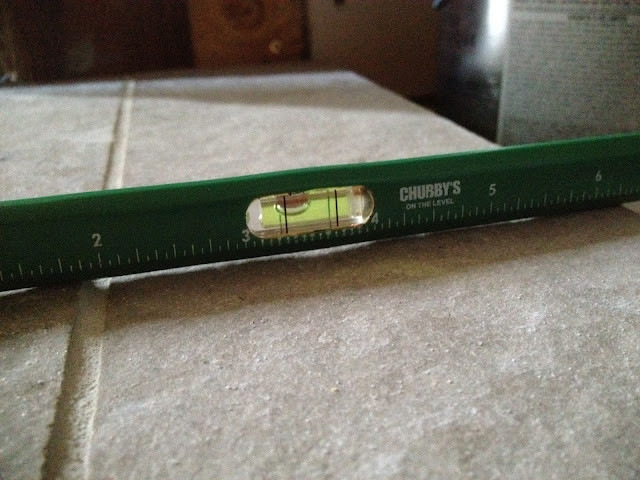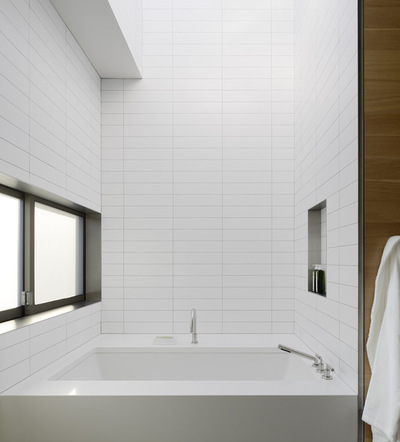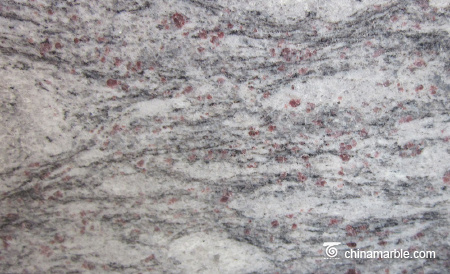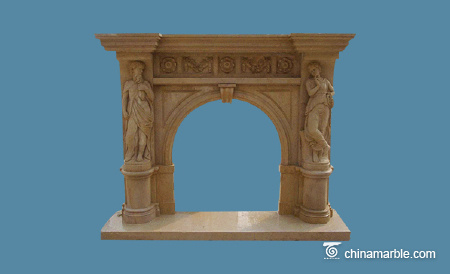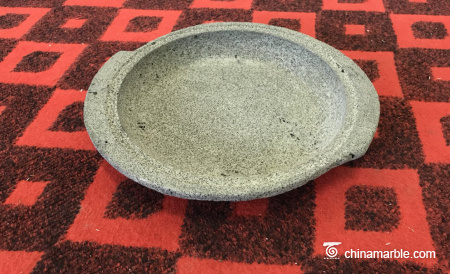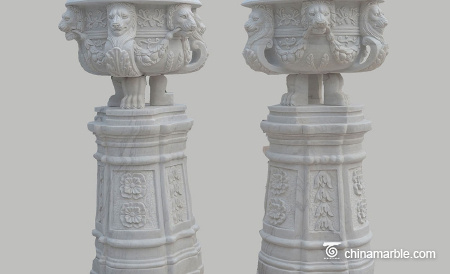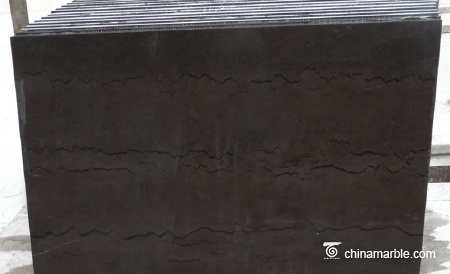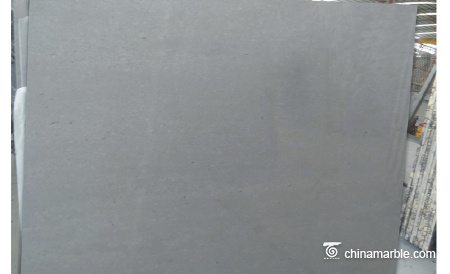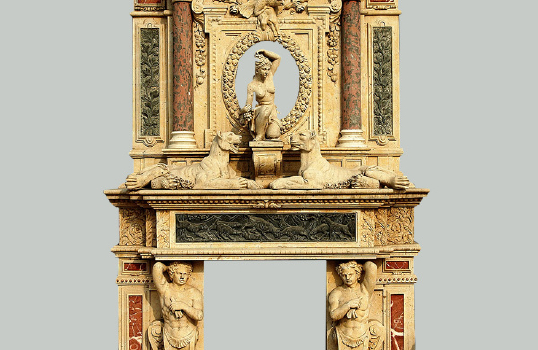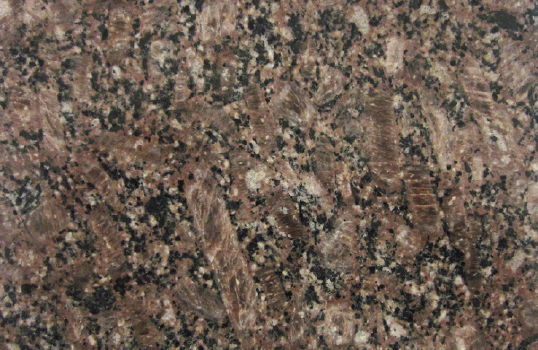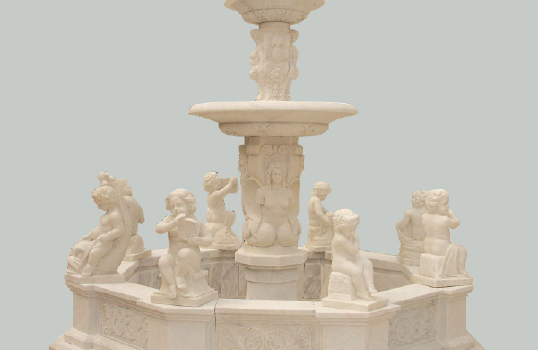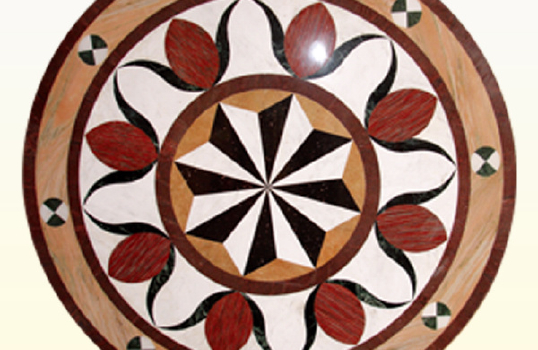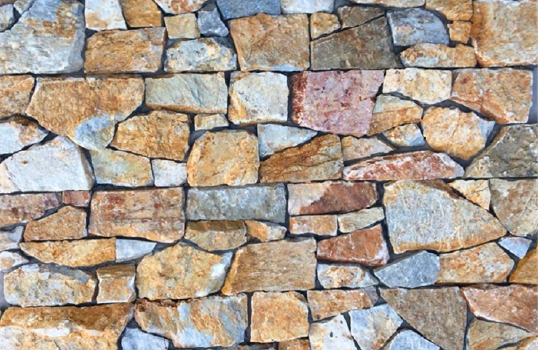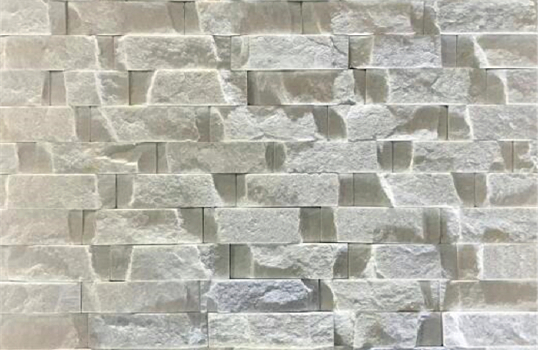How to Match Tile Heights for a Perfect Installation-Chinese travertine
Chinese travertine:When installing two tiles from two different suppliers, often the thickness of each tile is not the same. "Lippage" describes the difference in heights between tile set side by side. Too much lippage can cause an awkward and uneven look in a shower or bath. While lippage can happen on any project, there are some things you can do to prevent it and things you should avoid to not highlight it.
Setting your tile with a 50 percent offset, or in a brick pattern, can draw more attention to different heights in your tile. The effects of natural and artificial lighting can also draw attention to it. If a tile has an eased edge, the effects of lippage are less noticeable. Often, simply widening the grout joint helps, especially when the tile comes with a few irregularities.
Not preparing a tiled surface accordingly can leave the feature tile either recessed or raised in the wall, increasing lippage. Often, extra work needs to be done to allow two different-size tiles to line up with each other evenly. Sometimes just adding a strip of Ditra is all that's needed, or perhaps a thin layer of mortar mix.
Tip: When working with a tile setter, consider specifying a flush transition from one tile to another. Although this will require more work from the installer, it will make for a more polished look.
Chubby's on the Level - Carpenters Pencil, ruler and level - CAD 3 Chinese travertine.
In this shot, you can see the difference in lippage — the measurement of the height difference between two tiles set side by side. Measuring this lippage can be very hard, since many times acceptable levels are less than or equal to 1/16 inch. The Tile Council of North America (TCNA) lists the allowable lippage at 1/16-inch or 1/32 inch plus the tile warpage factor, depending on your tile selection.
This is a wonderful tile tub surround. The natural stone or porcelain tile is set with a 50 percent offset, which is very popular in today's bathrooms.
That said, this style is not suggested by the TCNA with a tile that has an edge longer than 18 inches, unless a mock-up is prepared and signed off on by the client.
Tip: Prepare a test board to see how your tile will look once it's installed. Determining the quality of the tile or stone and preparing the tile sample board will go a long way toward getting what you want.
Plenty of light is always ideal in bathrooms, but it can draw negative visual attention to tile lippage on walls. I'm sure this was a very tough installation. Look at the natural light washing down the wall!
The TCNA recommends that bathrooms have no ceiling lighting within 24 inches of a wall and no lighting on the wall, if possible. Light that's so close to the wall can exaggerate the visual lippage on the tile and make even properly installed tiles look poorly installed.
Obviously this lighting recommendation can be hard to follow, so it's just an aesthetic recommendation.
Tip: If you have wall-washing lights or wall lights, get these installed before tiling. If the bathroom lighting includes a new skylight, unwrap it before selecting your tile so you can see how the tile will look in the natural light.
Lippage is most noticeable under the cabinets in kitchens when the electrician installs undercounter lighting after the tile is installed. Get those lights installed first!
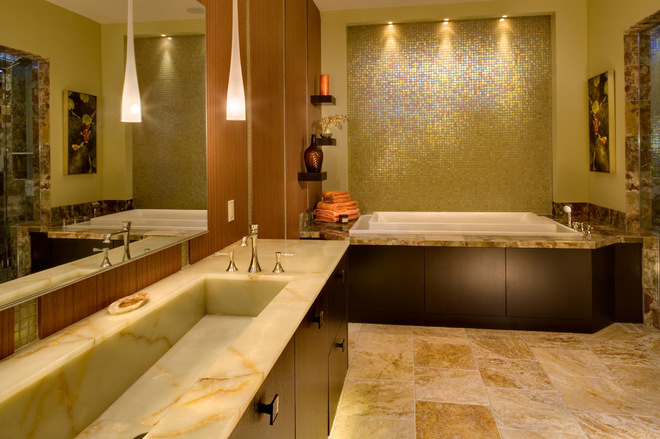
The smaller the tile, the easier it is to hide lippage. Washing a wall with light like this would be very hard to do with larger tile. This smaller tile is more forgiving and makes for a very pleasing feature wall.
Tip: Before you tile any wall, make sure it is well prepared. When you're installing small tile, there is little room for adjustment, so the walls need to be perfectly flat.
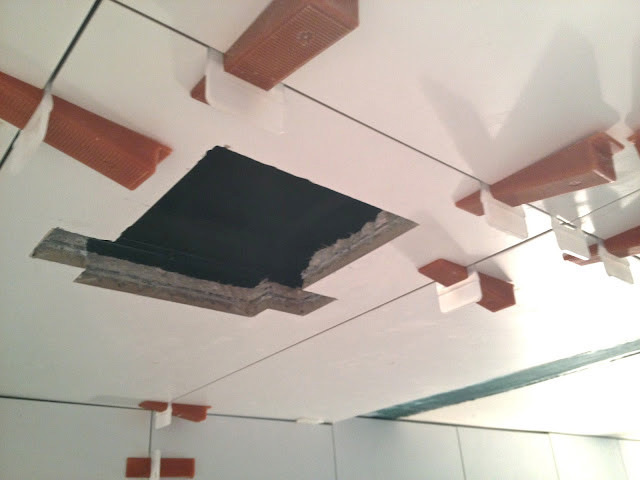
Use a lashing system to reduce lippage in your tile assembly. This lashing system is made in Italy by Raimondi Tile Levelling Systems. The clips hold the tile tight together while the setting material sets. There are many systems out there, but this one by Raimondi is one of the best.
Tip: It can take up to two weeks or more for the setting materials to cure before grouting when a waterproofing system and a nonporous tile are used.
From:Chinese travertine
Hot Products
